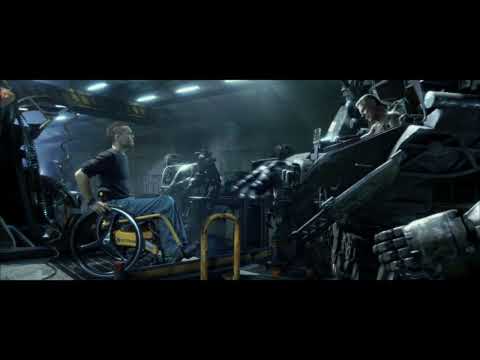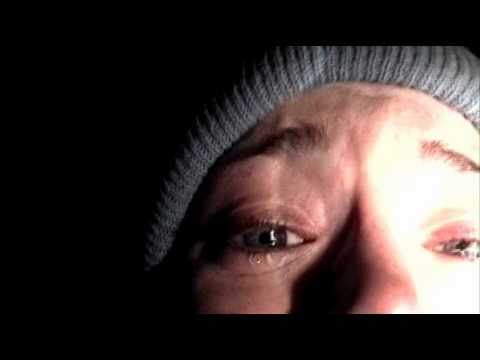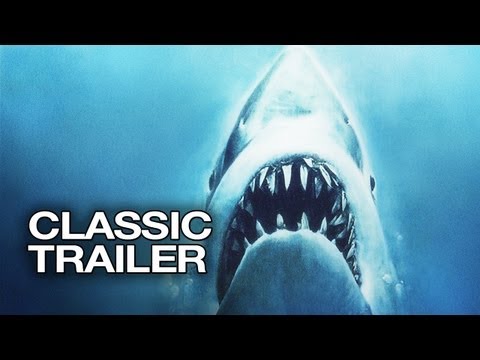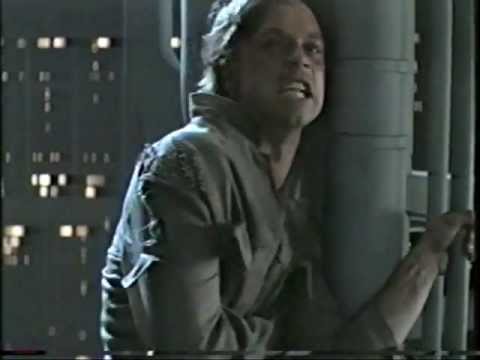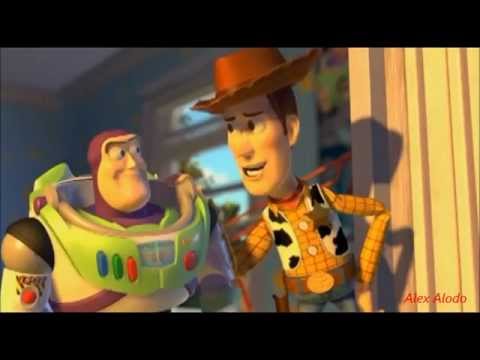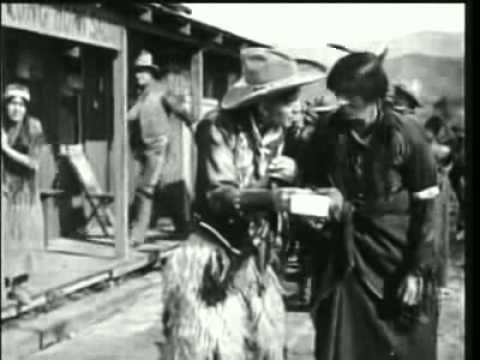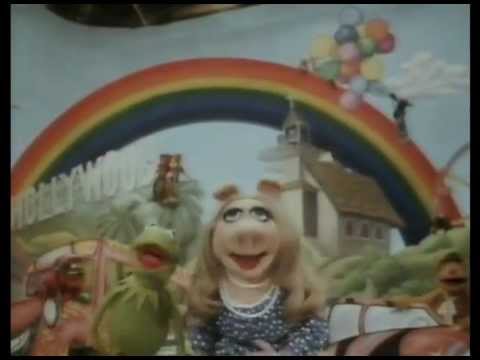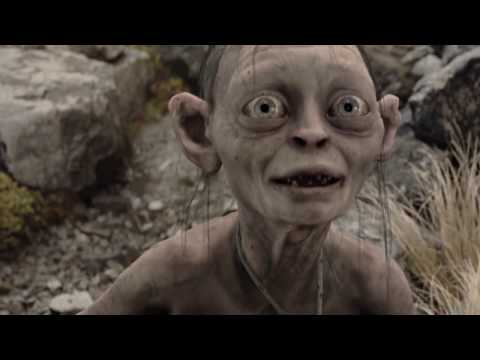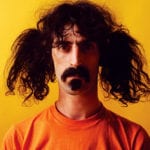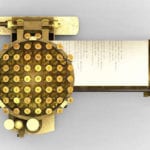Whether it is the use of new and innovative techniques, or starting a new fashion in film making, or just making a small change to films as we know them, some movies will be remembered for changing the way that films are made. Here are 10 films which, in their own way, changed film making forever. Top 10 Disturbing Movies You’ve Never Heard Of
10 The Movie That Brought 3D Back From the Dead
There was a time when 3D movies were a gimmick. Cinemagoers wore cardboard glasses with one blue and one red lens, which were, for some reason, square. Typically films were 90% in 2D with a few scenes which had painted 3D in post-production. The process was pretty expensive and not exciting enough to make audiences forget how silly they looked in the glasses. But, in 2009, James Cameron’s Avatar changed all that. IMAX had been experimenting with 3D film-techniques since the mid-1980s, and a few movies and documentaries had played with the medium. Disney, too, dabbled in 3D, but none of the movies that were produced were notable in any way. In 2004, Cameron made the documentary, Ghosts of the Abyss, using his patented Reality Camera System, with which he and Bill Paxton explored the wreck of The Titanic (that’s the ship, not the movie), in glorious, and rather eerie, 3D. The film was more of a curiosity than anything else, although the real ship did look unnervingly similar to the film set. But in Avatar, the 3D film really came into its own. Yes, it was extremely expensive to make, but the revenues were enormous, and it became one of the highest grossing films ever. The story of one man’s dilemma over whether to help his employer plunder a planet full of blue people who live in harmony with nature, or whether to escape the shackles of tyranny, and his wheelchair, and be free, seemed to strike a chord with audiences. Because we’ve all been there. The success of the movie let to the resurrection of 3D as a film medium, and suddenly every action blockbuster released both 2D and 3D versions, and doubling their revenues. Audiences for 3D movies have begun to decline again in recent years, though whether that is because cinemagoers see 3D as a gimmick, or because they aren’t willing to pay more for the seats, is not clear. Time for Avatar 2?
9 This is Real Footage
From the most expensive movie in the world, to the cheapest. The Blair Witch Project was made for $10 and a nickel that the director found down the back of the sofa. Well, perhaps a little more than that, but not much. Using cheap cameras, no script, ropey actors and a whole lot of nerve, the filmmakers, Daniel Myrick and Eduardo Sánchez, changed the movie industry. Or, to be more precise, the horror movie industry. ‘Found-footage’ had been done before. The technique had been used in novels for years, but the first example in film is thought to have been Cannibal Holocaust, a movie that is literally as bad as it sounds. The Blair Witch Project is not really a great film. It’s not even a great horror film. But it did have a brilliant marketing campaign. When the film was presented at The Sundance Festival, the actors were all listed as either Missing or Deceased. No red-carpet treatment for them. The movie’s official website included Missing Person’s posters and appeals for information, and the film was one of the first to have a viral marketing campaign. The film also carried a statement alerting the audience that what they were about to see was real footage. It wasn’t. But the lie helped make The Blair Witch Project a huge commercial success and ensured that every horror movie for the next 10 years would be about some kids with a camera and an urban legend no one has ever heard of. And you know that, while the kids might not survive, the camera, unfortunately, will.
8 The Very Last Installment (Part 1)
Multi-part franchises are extremely lucrative, and, one way to keep that cash cow lactating, is to cut the last installment into 2 parts. When the movie juggernaut that is Harry Potter rolled into cinemas with the Philosopher’s/Sorcerer’s Stone in 2001, the end of the series seemed very far away. But, by 2010, the child actors were beginning to look far too old for their school uniforms. But the end was in sight, as the last novel in the series was made into Harry Potter and the Deathly Hallows (Part One). Wait, what? There were 7 books, so that’s 7 movies, right? The studio had other ideas. The reason that they gave, was that they wanted to do justice to the book, which was rather long, and included a number of loose ends that should, in fairness to the audience, be tied into a neat bow. Nothing at all to do with the $2.5 billion worldwide box office receipts, not to mention DVD sales, streaming rights and merchandising. Nope. All to do with audience satisfaction. The poor Hogwarts students had to shave those beards and don the uniforms for another year. Since Harry Potter, all sorts of franchises have cottoned on to the idea of squeezing one more payday from a movie franchise. Whether you think it’s a good idea probably depends on which end of the cash cow you’re on. We want the front end.
7 The Summer Monster Movie
In 1975, the summer-blockbuster-monster-movie was spotted lurking somewhere off the coast of Amity Island. That movie was Jaws, and it hasn’t been safe to go back into the cinemas in July and August since. Directed by Steven Spielberg, in his first big movie, the film had 2 things going for it. First, was a killer score by John Williams, still instantly recognizable 45 years later, and also by the fact that you hardly ever actually saw the Great White shark that was terrorizing the beach. This was largely because the mechanical shark sucked big time, and Spielberg knew it. Instead, he got creative, and went with lots of Shark POV shots, thrashing legs, and eerily calm water beneath which terror lurked. Combined with Williams’ score, it was a winner. Jaws, therefore, gave us 2 things. The summer monster blockbuster, and proof that, when it comes to monsters, the creature you can’t see, is infinitely scarier than the one you can.
6 The Sequel
When you have a hit on your hands, it’s natural to want to make the most of that. Studios often look at the scope for sequels before they even buy the rights, because, if the first movie was a success, the success of the sequel is almost guaranteed. You might think that the sequel is a modern innovation, but you would be wrong. The first known sequel, The Fall of a Nation, was produced and directed by Thomas Dixon Jr. in 1916. Released only one year after DW Griffith’s epic, The Birth of a Nation, and less than 10 years since the release of the first full-length feature film. So, the sequel, is probably here to stay, although The Fall Of a Nation isn’t. There are no known prints in existence. There are still new sequel innovations, however. The first sequel to gross more at the Box Office than the original was From Russia With Love, which took $8 million more than the previous Bond film, Dr No. The Return of The Jedi is the first third-parter of a trilogy to be better acclaimed than the first two, with every film critic in existence maintaining that it is better than either A New Hope or The Empire Strikes Back, despite the fact that it grossed the least at the Box Office and was the only one of the 3 films not to win an Oscar of any kind. The footnote in the history of the sequel, however, goes to Terminator 2: Judgement Day, for their innovative use of the colon to tack a new title onto an established brand. It started a trend for colon-based titles, which includes pretty much all the Avengers movies and the tautological nightmare that is Die Hard: With a Vengeance. Top 10 Best of the Best in Movies
5 The Film That Killed Hand-Drawn Animation
Toy Story, famously, is the first full length animation made entirely by computer animation. And it was a great film. Made by a small, independent company, named Pixar, in 1995. The film movie was innovative, smart and funny, and has become one of the best loved animations of all time. Which is lovely. It also spelled the beginning of the end for traditional animation. Disney, who had tried hard to put a spoke in Pixar’s wheel during production, eventually came round to the benefits of computer animation, and, although they tried hard to stick with the old ways, the last hand-animated movie was Winnie The Pooh, in 2011. Even before then the animation process had been incorporating more and more computer technology, with every Disney film since 1990 using Disney’s Computer Animated Production System to some degree. Does it matter? Probably not. Although it is always a shame when progress destroys another long-standing industry, Toy Story, and all the movies that followed it, were still created by artists, writers and actors. Toy Story did not force its way into millions of hearts because of its computer wizardry. That was down to a very special friendship between a cowboy and an astronaut.
4 The First Remake
Sometimes a film is just so good, you want to make it again. For Cecil B DeMille, however, it seemed to be a case of trying to get it right. In 1914, he made The Squaw Man, the story of a British gentleman who is wrongfully convicted of a crime, and who emigrates to America for a fresh start in The West, where he rescues a ‘tribal princess’ from the clutches of an outlaw. He and his squaw promptly fall in love, and have a child. They are happy for several years, but, when proof of his wrongful conviction emerges, The Squaw Man’s wife conveniently dies, and their son is ‘sent away for his own safety’, leaving him free to return to England and resume his ‘real’ life. Not a film that has aged well, perhaps, but DeMille seems to have been inordinately fond of it, because he remade it just a year later, and remade it again as a talkie in 1931. The first film was a modest success, making $20,000. The second film doubled the receipts, while the third film made a loss of $150,000. He didn’t make a fourth version.
3 The Footnote
Some films have a big impact on the cinema. For others its more of a footnote. For The Muppet Movie, a footnote was their impact on cinema. If you liked The Muppets, you probably thought The Muppet Movie was great. If you didn’t, well, who cares, it’s a film about some puppets and their journey from oblivion to the ‘standard rich and famous contract’. In other words, nothing out of the ordinary. Until the credits rolled, because The Muppet Movie was the first film to include a post credit scene. In the case of The Muppet Movie, this consisted of Animal yelling at the audience to ‘Go Home!’ It spawned a trend in films with extra scenes after the credits have finished rolling that are completely independent of the movie, but which either tease the next installment in a franchise, or add a humorous end scene for those in the know, who sit in the cinema, ignoring staff with bin bags waiting to clean the theatre before the next showing. Audiences of Avengers: End Game almost rioted after, having sat through three and a half hours and 23 films, sat through the long, long credits only to discover that on this film only, that there was no post credit scene. Just an annoying little noise. Thanks for nothing.
2 Dialogue Is Optional
Most scripts consist of dialogue and stage directions. When Stanley Kubrick made 2001 A Space Odyssey, he seems to have decided that one of those things was optional. Watch this video on YouTube The film was notable largely for the long periods of total silence. The first and last 20 mins of the film are totally without dialogue, and the effect is pretty unnerving for the audience. Not only did no one speak, but Kubrick restricted the use of music too, especially on the rare occasions that anyone spoke, thus depriving the audience of the usual auditory clues to what they are seeing and what they should be feeling. The technique is pretty disturbing, which is probably why it was used recently in the suspense/horror movie, The Quiet Place. However, not many filmmakers have chosen to use the technique, because when you take away the dialogue and the music, only really really good directing will keep audiences in their seats. When it works, however, the effect is phenomenal.
1 Call That A Costume?
Lord of The Rings gave us a lot of things. It gave us hobbits, and elves and dwarfs, and it taught us that they are not at all the same thing. Who knew? It gave us a whole new outlook on New Zealand. It gave us numb butts, with each film being 3 hours, or more. And it gave us Andy Serkis in a motion capture suit, playing Gollum. Although experiments with motion capture had been going on for a while – the character of Jar Jar Binks in Star Wars The Phantom Menace, for example, was the first to use the technique, in 1999, but it wasn’t until The Lord of the Rings: The Two Towers, in 2002, that motion capture could be done in real time. The motion capture suit has spawned a thousand movies where actors wear funny suits, and given Andy Serkis an entire career in films where no one ever sees his face. Top 10 Best Films About Real Conspiracy Theories About The Author: Ward Hazell is a freelance writer and travel writer, currently also studying for a PhD in English Literature
